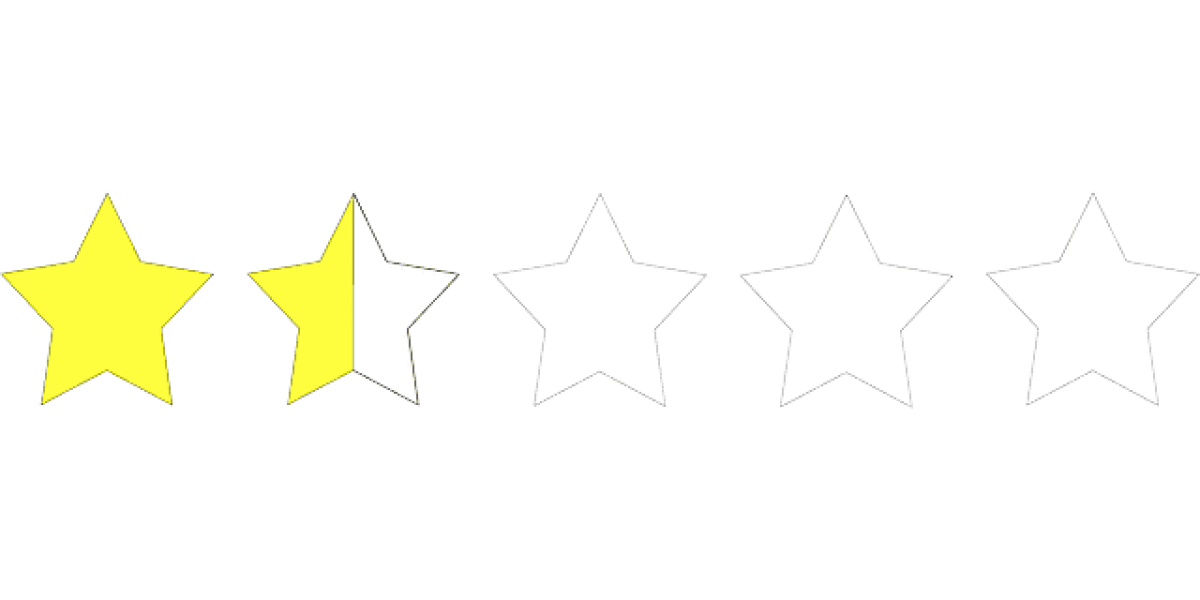The newest Eurekahedge report says that hedge funds globally are experiencing their worst year since 2008. They are down -2.15% for 2018 to date and in the first 10 months of 2008 they were down a full 9.55%.
Other Year-to-Date Numbers
Only a minority (roughly 47%) of hedge fund managers are in the green for 2018 YTD, and only about 8% have posted double-digit gains. The industry’s total assets under management have decreased YTD by $32.2 billion, which is a sharp contrast with the increase of AUM by $173.2 billion during the first 10 months of last year. The news is especially bad for those hedge funds that have mandates for the emerging markets. They are down 4.57% YTD. Asian managers are down 8.02%.
The October Numbers
Looking to the month of October specifically, almost all geographic mandates took losses. with one exception—Latin American funds were up $0.1 billion for the month. North America was the biggest loser in absolute dollar terms. Funds mandated there lost $14.9 billion in performance and $8.3 billion in net redemptions. In percentage terms, North American funds were down 1.41% in AUM for the month.
Asia ex-Japan was the biggest loser of October in absolute terms, down 2.41%. That comes from the combination of performance losses of $2.5 billion and net redemptions of $1.8 billion.
Looking at the global picture, managers posted performance-based losses of $20.7 billion and saw a net redemption of $17.9 billion. Those are preliminary data: Eurekahedge expects them to look worse as the numbers become more complete.
Several factors made October so downbeat. The uncertainties associated with the impending departure of the United Kingdom from Europe intensified through the month. Talk intensified of a “blind Brexit”—that is, of an exit that would not be accompanied by any specific deal governing the future relationship between the EU and the UK. Separately, the US-China trade war continued, in ways that remain difficult to predict or hedge against. And prospects rose over the course of the month for a victory by the Democratic Party in the US which, to the markets, meant continued deadlock and indecision in Washington. The legendary US retailer Sears filed for bankruptcy in the middle of October amidst a broad equity market selloff.
Nearly 80% of funds with a L/S equities mandate posted losses in October, with performance-based losses for this strategy of $13.8 billion globally. The Eurekahedge Long Short Equities Hedge Fund Index ended the month down 3.32%, which brought its YTD return into the red (-3.07%) for the first time in 2018.
October saw a dearth of mergers and acquisitions activity. Globally, the Eurekahedge Event Driven Hedge Fund Index ended October down 2.63%. Most of the underlying regional mandates were also down. Event-driven funds managers that focus in Asia ex-Japan were down the most, -7.44%, though they were closely followed by Japan’s event driven managers, -7.40%. The only region in which event driven funds were up was: Latin America.
“The industry” says Eurekahedge, “has also seen multiple liquidations of high-profile hedge funds overseeing billions of dollars of assets, as they were incapable of generating returns beyond what the fund managers and investors deem acceptable.”
More About Latin America
We’ve mentioned already in this post a couple of respects in which, according to Eurekahedge, the Latin American mandated funds have done exceptionally well this month. As it happens: the Eurekahedge report has a special section this month devoted to key trends in that region.
The report distinguishes two categories of Latin American hedge fund, the onshore (managers headquartered within the region) and the offshore (run by outsiders). Offshore funds have flexibility in taxation and regulation, but onshore funds have historically generated better performance. There is still something about “being there.”
After the 2008 financial crisis, the onshore hedge fund industry in the region began to outgrow its offshore counterpart. Onshore funds now account for approximately 60% of market share.
The favorite place for onshore funds to headquarter themselves? Brazil. The industry regards Brazil as the “gateway to the rest of Latin America.”
The favorite strategic mandate of Latin American funds? Multi-strategy, followed by macro, and then long/short equity.




